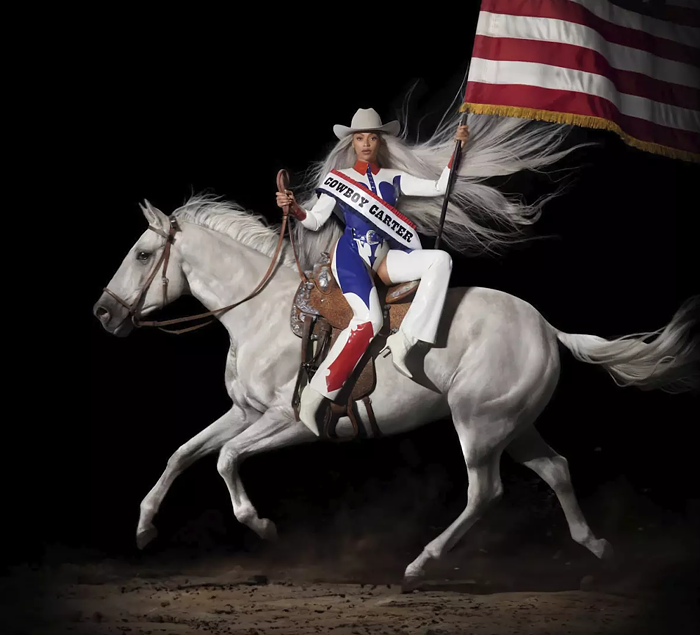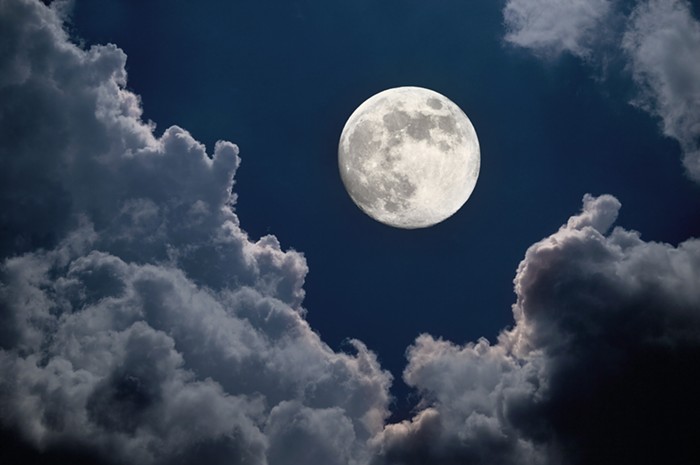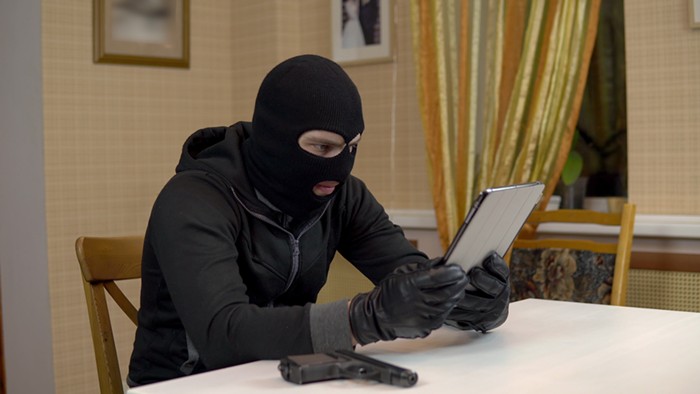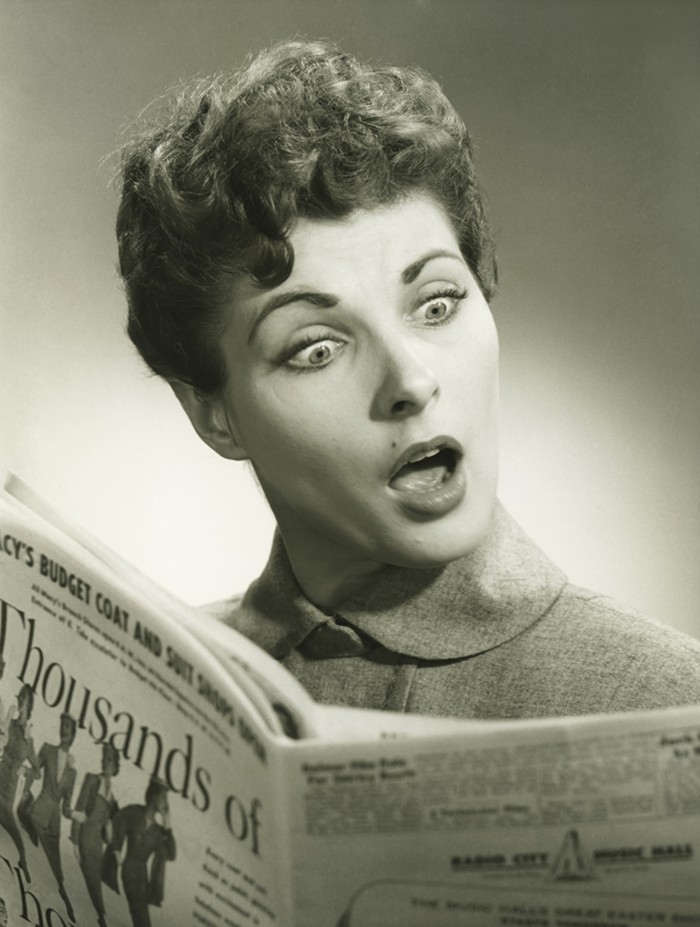Blue Sky Gallery, 122 NW 8th, Tues-Sun noon-5 pm, through Dec 31
During his six years following the Roma people, Joakim Eskildsen amassed a wealth of images of impoverishment. The Danish photographer traversed seven countries (Hungary, India, Romania, Greece, France, Russia, and Finland) living with and documenting the displaced and dismissed people formerly known as Gypsies.
The Roma Journeys is a rare occasion: It occupies the entirety of Blue Sky Gallery this month, and despite big commissions for the likes of Time magazine, it is Eskildsen's first show in the United States. His photos are as vivid as Technicolor, but with the glow of a Baroque painting. Garbage and debris are always at the margins in this series—things are not good here, but the lives of the people are ennobled by the artist's craft.
Eskildsen trained with a royal court photographer in Copenhagen. Unlike most documentary photographers, he pulls from still life, landscape, and genre paintings. "Winter IV," a photo from Hungary, is like a 16th-century Bruegel painting realized: a clearing in the woods opens up to a snow-packed cluster of small homes, at dawn, with the horizon line high and the light just hitting the smoke of chimneys. In Romania, a lady in a headscarf and tattered shirt props herself on the grass outside a hut, the sky an Impressionist pink.
Sometimes Western culture creeps into the photos, making you cringe or feel disoriented. I have no idea how it got there, but slapped at the top of a makeshift tent in Greece is a big sticker for Chupa Chups lollipops. Likewise, in Hungary, a mother and daughter nestle together on a dumpy couch; rugs are tacked to their wall, the ceiling is about to cave, and a filthy fly strip hangs from a random wire. On their TV is a svelte, robed woman who is coyly burning a $100 bill. It's laughable, but only because it's so uncomfortable. In "Winter I," a scene from Hungary, two elderly women are hunched in their chairs, with an old gas stove, hand-painted walls, and lace curtains, wearing babushkas—again, it's almost comical, maybe this time to see a cramped, old-school lifestyle depicted in such a composed, colorful, and contemporary photograph.
Some of the strongest images are the still lifes, which are deceptively simple. "The Kiss, the Eggs, and the Madonna" shows a scrappy, sexless doll sitting spread-eagle on top of a TV. Next to it are two small Virgin Mary statues and a carton of eggs; on the TV is yet another actress, this time leaning in for a kiss with a dopey expression. The tension is palpable.
Eskildsen traveled Europe with a copilot, his wife and writer, Cia Rinne. They published a book of their journeys in 2007; it includes some of her essays on the countries, plus a lot more images—it won a handful of awards, and it's probably the best form for such a reflective series. It's not for sale here, but the take-away card for the show is at least brilliant; pick one up and your hand holds a hand holding out a black and white photo of two Roma women—it's one of probably very few pieces of historical documentation of this nomadic family, within a group that has a notoriously high illiteracy rate.
It's nearly impossible to imagine the Roma lifestyle. But the beauty and care of Eskildsen's images allow one to start—his sense of historical painting and his cinematic sensibility actually make this people's plight more tangible. It's through an elevated iconography that the images are recognizable, and so become a bit easier to locate, and a bit more alive.













